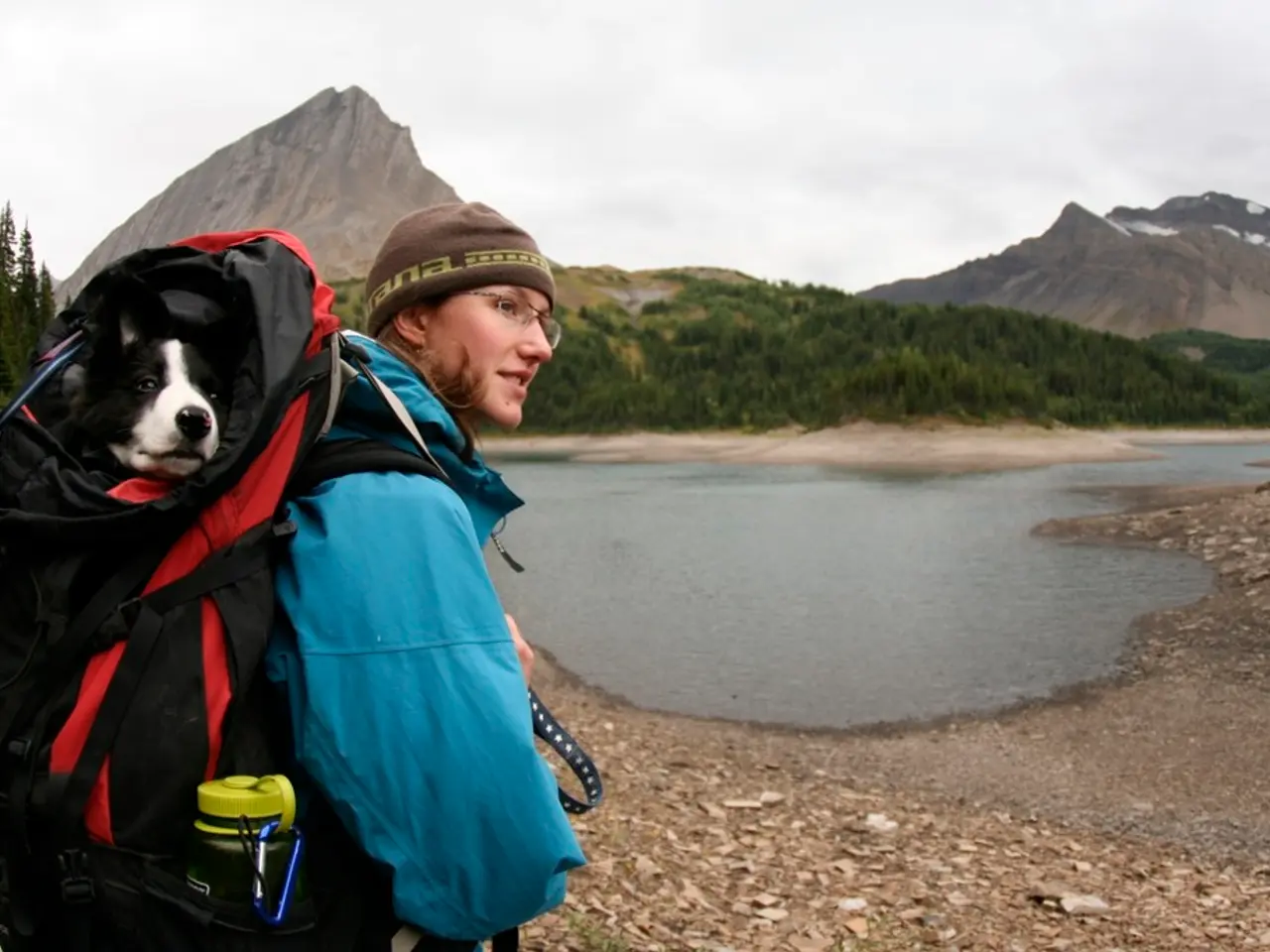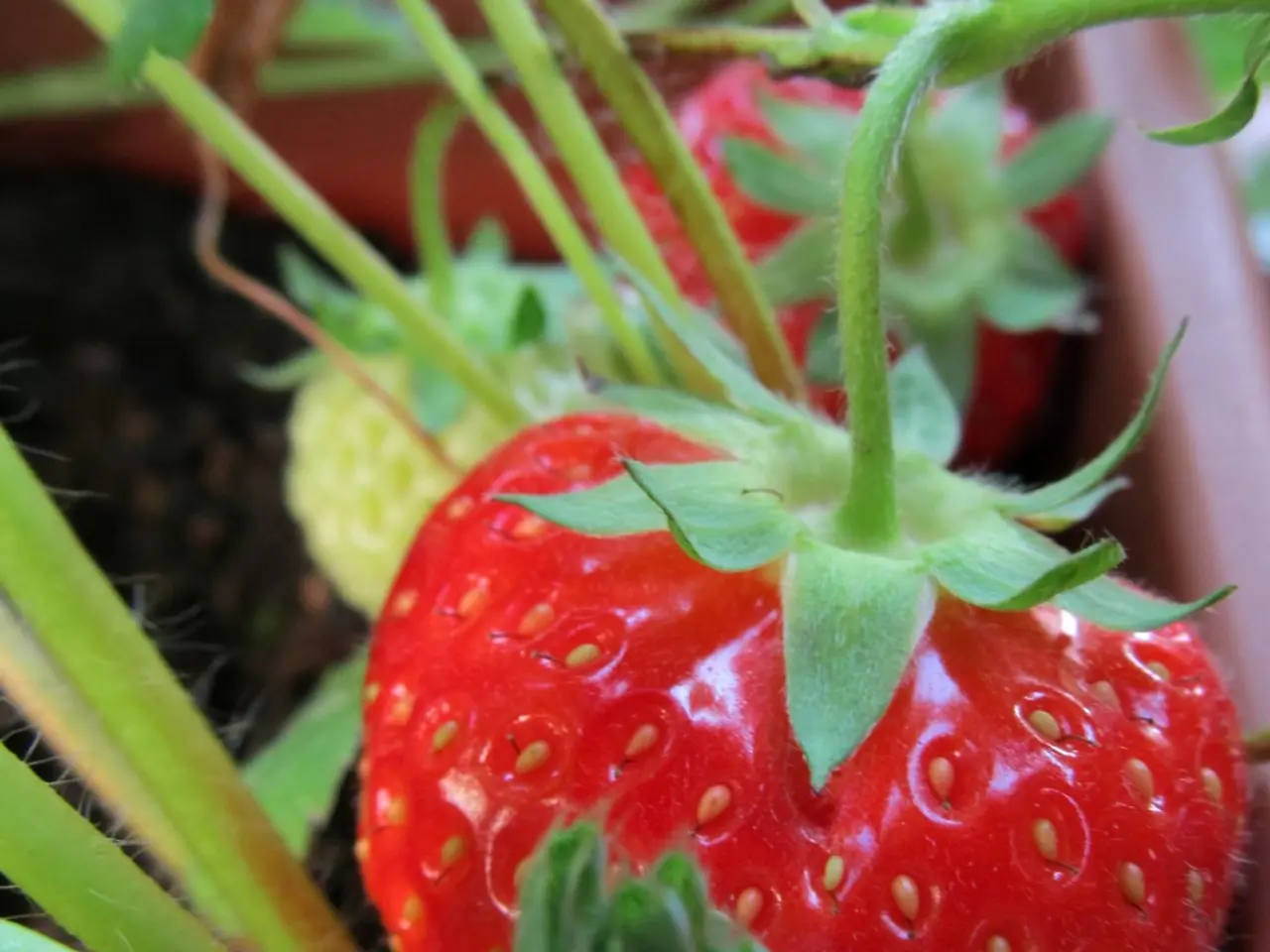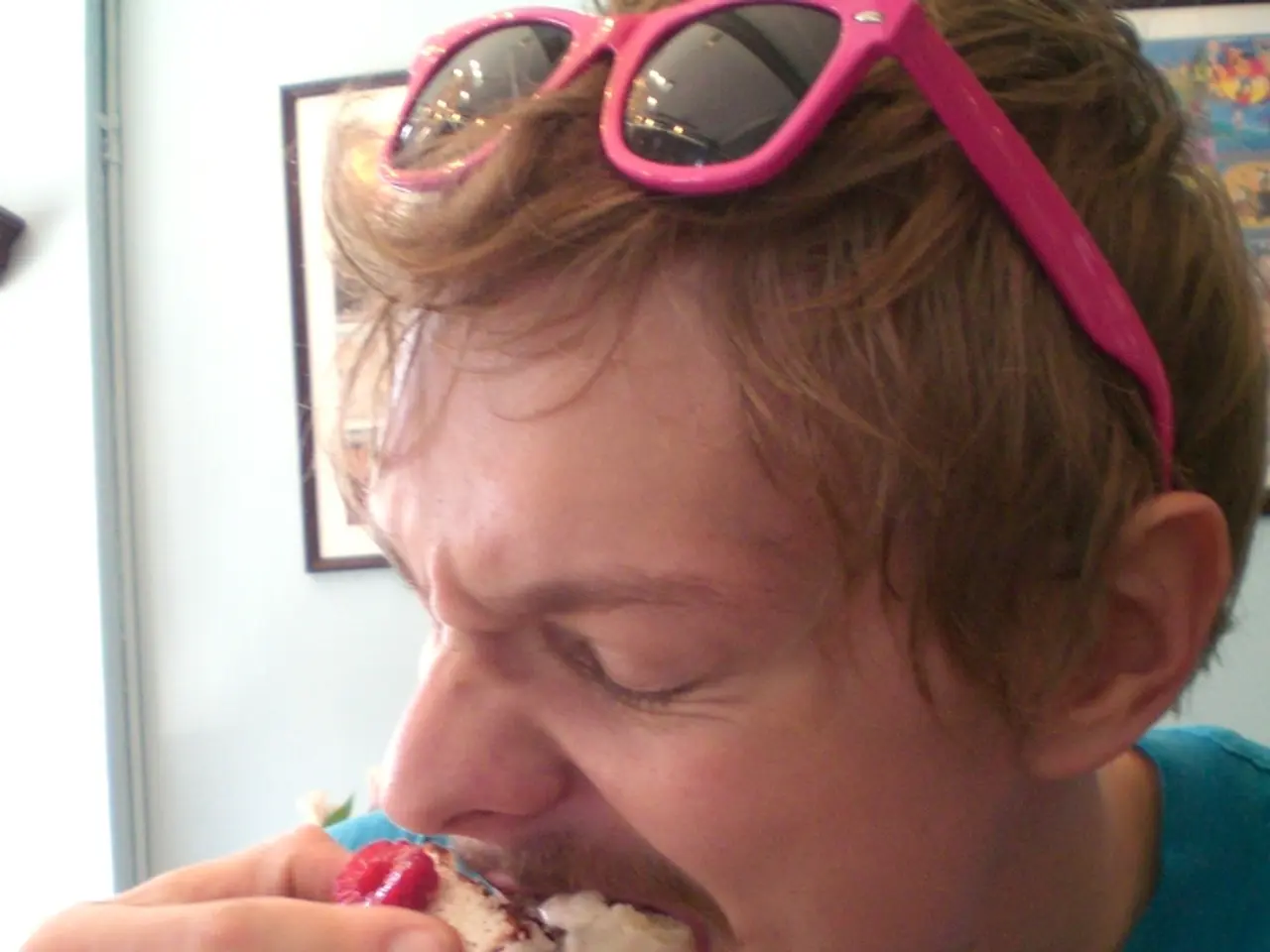Experiencing 'Bonking' During Hiking: Understanding the Problem and Strategies to Avoid It
**Preventing 'Bonking' During Long-Distance Hikes**
For hikers embarking on long, arduous treks, the term 'bonking' may not be unfamiliar. This sudden and severe drop in energy levels can leave even the most seasoned hikers struggling to continue. Here's a comprehensive guide on how to prevent this energy crisis and maintain performance throughout your hike.
Bonking, also known as exercise-induced hypoglycemia, occurs when the body's glycogen (energy) stores deplete, leading to a state of fatigue, weakness, and mental fog. It can be dangerous, compromising health and safety by forcing the body to burn fat or even muscle protein, potentially leading to muscle breakdown.
Common causes of bonking include low glycogen stores, inadequate calorie intake, poor hydration, improper nutrition choices, insufficient training, and a lack of micronutrients like iron, B vitamins, vitamin D, magnesium, and calcium.
To prevent bonking, hikers should focus on pre-hike nutrition, regular energy intake during the hike, hydration, training, and micronutrient optimization.
**Pre-Hike Nutrition**
A carbohydrate-rich meal the night before, such as pasta or rice, can help maximize glycogen stores. A balanced breakfast, combining protein and carbs, several hours before starting the hike provides sustained energy.
**During the Hike**
Eating and drinking at regular intervals, even if you don't feel hungry or thirsty, is crucial to maintain energy and hydration levels. Carry and consume convenient, easily digestible snacks like energy gels, gummies, electrolyte drinks, nut butters, dehydrated fruits, and trail mixes. Test your nutrition plan on training hikes to find what works best for your body.
**Hydration**
Carry enough water and electrolyte drinks to stay hydrated throughout the hike.
**Training**
Regular endurance training helps your body improve glycogen storage and fat-burning efficiency. Train on similar terrain to your hike for better physical preparedness.
**Micronutrients**
Optimize levels of iron, B vitamins, vitamin D, magnesium, and calcium months before the hike to support oxygen transport, immune function, muscle recovery, and bone health.
**Foods to Avoid Before Hiking**
Avoid sugary foods that cause blood sugar spikes and crashes, greasy or fatty foods that digest slowly and can cause discomfort, spicy and high-fiber foods that may cause digestive issues, alcohol, which dehydrates and impairs coordination, and foods that you're not accustomed to.
**If You Feel Early Signs of Bonking**
If you feel early signs of bonking, like hunger or irritability, consume a gel and rest briefly. Avoid resting too long to prevent difficulty restarting.
By proactively managing nutrition, hydration, and training, hikers can effectively avoid the debilitating experience of bonking and maintain energy throughout long-distance hikes. In layman's terms, bonking is like your body's fuel tank hitting empty, leaving you unable to power your muscles effectively. The primary cause of bonking while hiking is a nutritional imbalance that leaves the body without enough readily available energy when it needs it. Training for a hike is another key ingredient in avoiding bonking, as it allows the body to become more efficient in using glycogen stores.
While preparing for long-distance hikes, consult travel guides focusing on health-and-wellness, specifically those that provide advice on nutrition and sports. Awareness of scientific research on the prevention of 'bonking' can be valuable in planning for optimal performance, particularly in regards to pre-hike meals, regular energy intake, hydration, training, and micronutrient optimization.




